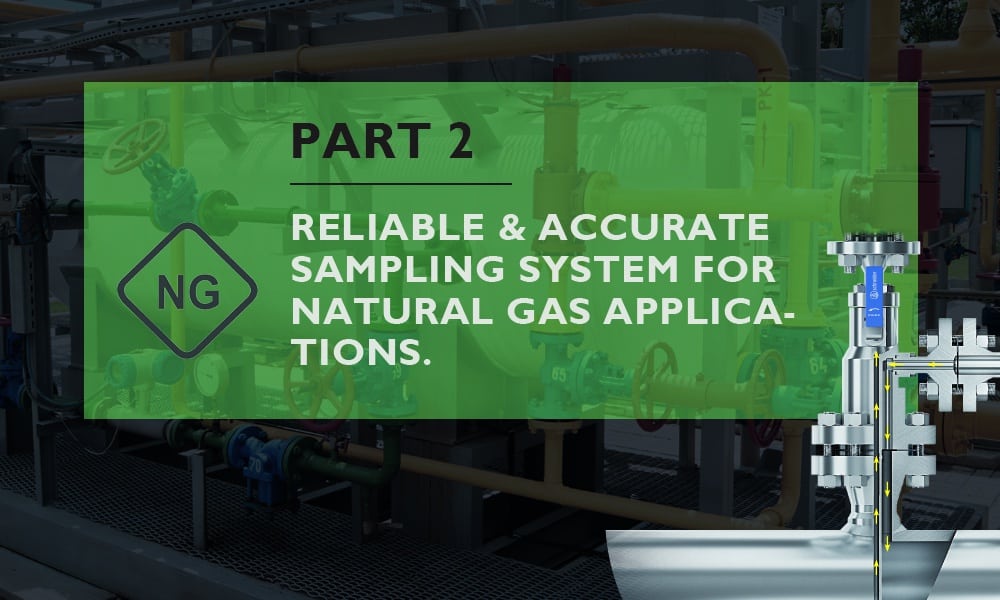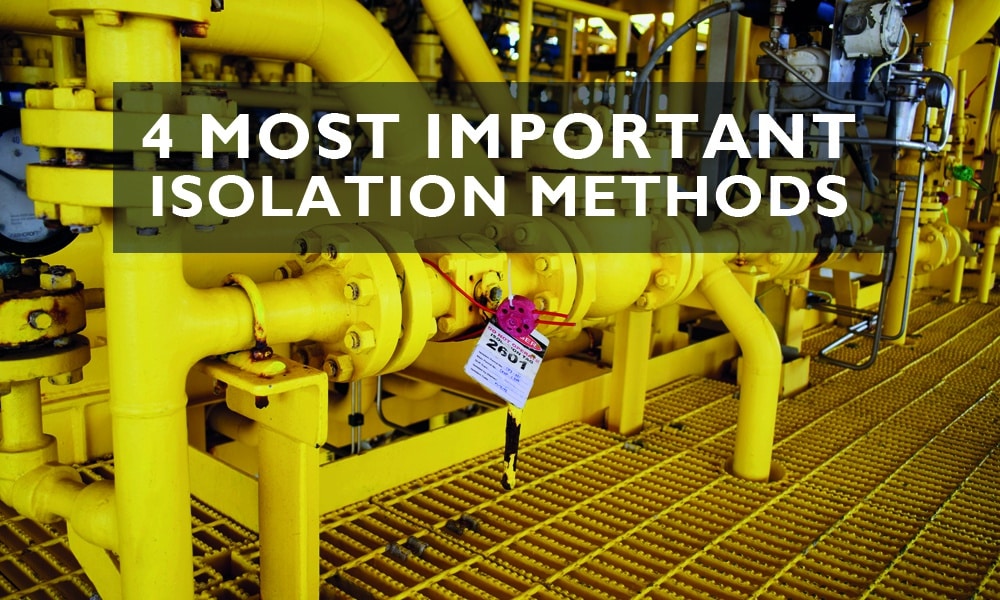Offshore is without question one of the most challenging working environments for the oil and gas sector. The harsh weather conditions and remote location add a unique layer to everyday operations. Having impeccable timing takes on a whole new meaning in maintenance tasks. I’m touching the ground on this subject because AS-Schneider recently had me assist a client with their valve technology. The project was for the gas lift compression module of a floating production, storage, and offloading (FPSO) vessel in West Africa. We not only completed the job but also got to learn genuinely valuable lessons worth sharing. Thus, I’m happy to have the chance to do so today through this blog. Here’s the story of how we helped a dear customer, an upstream contractor, obtain double block and bleed (DBB) valves that met the site’s tight constraints on space, weight, and vibration. Read along!
Continue readingPractical test installation of a DBB Piping Ball Valve at a gas storage facility
One of the things that I enjoy the most about my job is discussing new improvement opportunities with clients. Situations like that push me to engineer viable solutions that solve operational setbacks, so they can enjoy more reliability and safety at work. And that was what happened when I designed the practical test installation procedure I’m about to share. It was for a double block and bleed (DBB) ball valve installed in a gas storage facility.
Continue readingHow to isolate a process line from process instrument with a DBB valve
Block and Bleed and Double Block & Bleed isolation systems are used in process instrumentation to isolate your instrument from the main process line. The isolation valve(s) stop the flow from the upstream, while the bleed valve removes any pressure or residual product that remains in the downstream section or in the section between the two valves.
Use of block and bleed valves is mandatory in many industrial processes for isolating the measuring instrument from the process line. This allows maintenance work to be performed on the instrumentation without the need to shut down the entire operation. There are two approaches to the installation of a block and bleed or a double block and bleed setup.
Continue readingReliable and accurate sampling system for natural gas applications
My previous article in this series explained what are the main issues in obtaining a representative sample in NG applications.
This case study demonstrates a reliable sampling solution currently used by plant operators. It helps plant operators to obtain representative samples.
Continue readingWhat are the main issues in obtaining a representative sample in NG applications?
In this article, I present the major issues associated with obtaining a representative sample in NG applications. The article explains what is representative sampling, and why sampling is important in the natural gas industry. I discuss factors that determine what should be a suitable sampling frequency in a process, and which sampling standards can be followed to ensure representative sampling.
Several major issues in obtaining a representative sample, and common design flaws that lead to poor sampling are presented and discussed. In addition, I present how a suitable probe length can be determined and how the probe should be installed. The different types of commonly used sampling probes are also compared and discussed.
Continue reading4 most important mechanical isolation methods of process piping & equipment
Positive isolation is the isolation of process piping, equipment, or vessels from hazardous materials such that it is impossible for the material to enter the work area. Positive isolation must remove all risk of accidental reconnection to the source of the hazard due to equipment failure or operator error. There are several methods of achieving positive isolation some of which are discussed below.
Continue readingChemical injection quill for oil & gas application
To support users in their proper planning and technical evaluation, I would like to share some information about one less-familiar product in the industry, the chemical injection quill.
Continue reading







